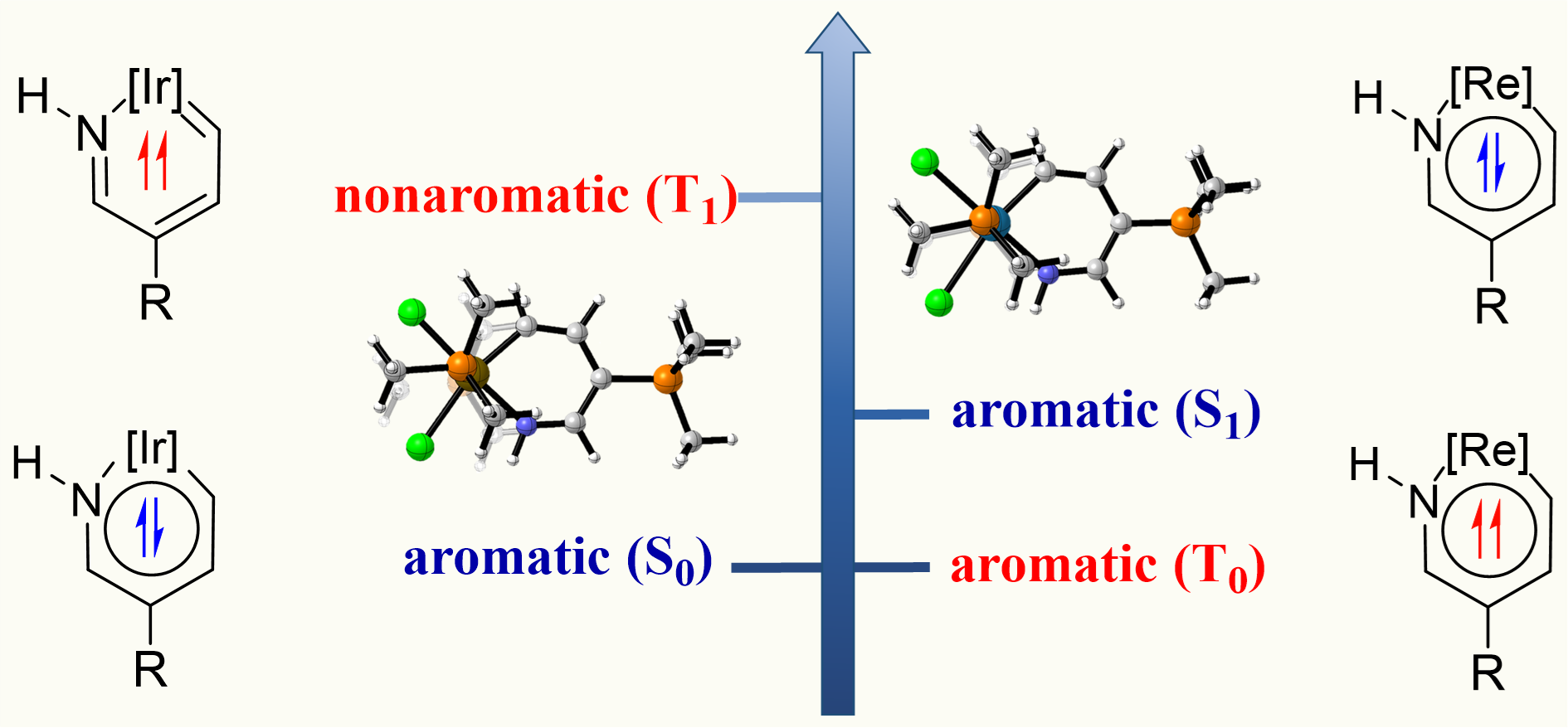Aromaticity Concerto in Polycyclic Conjugated Hydrocarbons: Fusion Pattern on Combined Aromaticity Strategy Leads to Distinctive Excited State Photophysics of Dinaphthopentalenes
Submitted by Jun Zhu on Fri, 12/30/2022 - 21:39
Understanding the structure–property relationships in polycyclic conjugated hydrocarbons (PCHs) is crucial for controlling their electronic properties and developing new optical function materials. Aromaticity is a fundamentally important and intriguing property of numerous organic chemical structures and has stimulated a myriad of experimental and theoretical investigations. Exploiting aromaticity rules for the rational design of optoelectronic materials with the desired photophysical characteristics is a challenging yet fascinating task.


